
How to Scale WordPress Maintenance Tasks at an Agency Level
You’ve probably seen a lot of WordPress support and maintenance companies pop up over the past 5 years.
That’s because taking a pure service like ongoing support and bundling it into plans and packages is one of the most efficient ways to grow and scale a services business.
One-time work like building websites for clients can be rough. As soon as you finish the website, you’re already looking for a new client to build a new site for.
Why not offer ongoing maintenance to keep clients in the loop?
There are a few reasons for this:
- As WordPress professionals, we all like to think WordPress is easy to use. Well, it’s not. Getting up to speed takes some technical know-how and most serious business owners would rather pay somebody to help with the site than have to deal with it themselves.
- When these clients you work with on an ongoing basis need additional support in other areas of their business, who do you think they’ll turn to? When they need a new website or support with marketing, they’ll come to the team that already does a fantastic job for them first.
- From a business perspective, selling subscriptions for support is the smart move. Easy and automatic once-a-month payments for your clients, low overhead and always increasing monthly revenue for you. Everybody wins!
Now, maintenance and ongoing support are actually pretty easy when you’re getting started. It’s once you start to grow your client list that things get more complex.
So let’s talk about how you can scale maintenance to hundreds or thousands of websites and give your agency what it needs to grow a predictable revenue stream!
We manage hundreds of websites for agencies and freelancers at WP Buffs (and taught hundreds of agencies and freelancers how to do it themselves over at WPMRR) so we have a bit of experience making ongoing support and maintenance work at a massive scale.

1. Systemize everything (especially the boring stuff)
Care plans are productized services, which are exactly what they sound like. Simply put, they’re a service you offer to clients that are turned into a packaged subscription they can purchase.
But for you to be able to successfully deliver quality results to hundreds of websites simultaneously, you need to create strong systems so that your whole team can stay on the same page.
When somebody purchases a monthly care plan, you must systemize how you handle onboarding! How you get a new customer set up with their care plan initially can set the tone for the rest of the relationship.
In most cases, this should just be a massive checklist your team goes through every time a new customer signs up.
This way, there are no questions about what needs to be done during onboarding. They follow the checklist every time and ask questions if they have them.
And once they’ve followed the checklist a couple dozen times, they’ll become exceedingly proficient at it.
Here’s a little screenshot of part of the security area of our onboarding. But systems apply to every step-by-step process you and your team must follow (which leads nicely into what’s next). We use Teamwork but there are many pieces of software that can do the job with repeated template task lists.

2. Document the hell out of simple (and complex) tasks
I’m not sure about you, but documentation can get a bit boring for me. Some people love it and enjoy creating it, but that’s not me.
Regardless, having strong documentation has many advantages:
- It allows you to make sure your team knows how to handle certain situations effortlessly. If a customer asks for a refund, what’s the procedure? It should be documented so everyone on the team can find the answer.
- It lets people take breathers. If somebody wants to go on vacation for 2 weeks and there’s no documentation, how can anybody else possibly step in and cover them? Documentation alleviates this burden.
- It makes your team self-reliant. Instead of constantly asking different members of your team what to do in certain situations, the documentation is always available for them to figure out things on their own. Between documentation, Google and YouTube, they should have a lot of resources at their disposal to be self-sufficient in their role!
Here’s some of our documentation around how we handle sales at WP Buffs. As you can see, it’s a nice mix of text and videos.
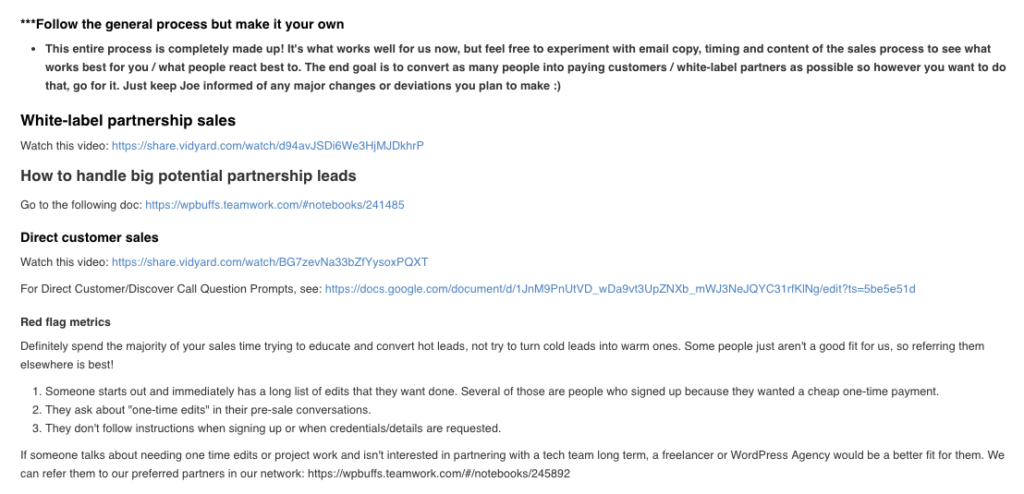
Don’t expect your documentation to be perfect the first time you write it. It won’t be! And it will be constantly changing as your processes do. So get a nice draft done and realize it’s always a work in progress.
3. Automate the really easy stuff (and hard stuff when possible)
There are plenty of tasks that a computer can do way better than a human. Let computers handle those tasks so your team can tackle the bigger, more complex problems you’re going to run into as you scale maintenance!
To get two different pieces of software to talk to each other, check out Zapier.
When somebody signs up for a care plan through our care plan pricing page, they’re automatically added to a New Customer email list in ConvertKit via a Zap.
When somebody applies to our white-label WordPress support program, they’re automatically ported into HubSpot via yet another Zap.
When somebody signs up for one of our webinars for WordPress professionals in Zoom, they’re automatically tagged as a webinar attendee in ConvertKit via another Zap.
Speaking of webinars, this one should be right up your alley! Building a Self-Sustaining Business by Leading with Recurring Revenue
Don’t do things manually that a computer can do better! They’re a waste of time for you to do when a computer can do it better, more consistently and immediately.
Plus as you have to do these tasks more often as you scale, it just takes too much time! Letting tools like Zapier do this for you will take the stress out of it and make you and your team more efficient as you focus your time on higher-impact work.

4. Use consistent tools to build websites (Beaver Builder, FTW!)
If you’re already planning to continue building websites and simply manage them once they’re launched, it would be immensely helpful to build all those websites using the same tools.
That way, when it comes to managing things like updates, website edits, troubleshooting conflicts, etc, most of your problems will be the same!
Beaver Builder is a terrific tool for something like this. If all the websites you manage use the same page builder, it will make your ongoing support work a breeze because you’ll learn quickly how to solve common challenges.
Beaver Builder is great for all the work we do on our website. It allows us to continue doing all the advanced work we do on a daily basis while also giving our non-technical folks easy access to build robust pages in WordPress without breaking a sweat.
And for another level of consistency (which makes it even easy to scale maintenance), you’ll want to pair their page builder with Beaver Themer. Building custom websites from scratch has never been so easy.
Plus the support Beaver Builder gives to it’s users (especially agencies) is outstanding. If you or someone on your team can’t figure something out, their team will give you a hand.
We manage a ton of websites built with Beaver Builder and their team is always there to talk with our developers if they run into something they have a question about. Boom!
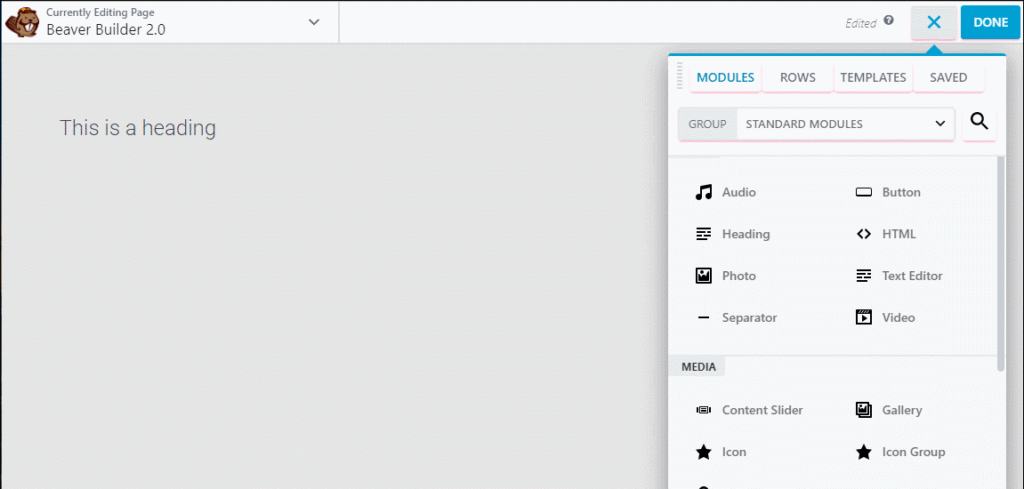
5. Start managing multiple websites with a tool built to do so
If you’re just starting to manage WordPress websites, it’s the perfect time to find a tool that will do all the heavy lifting for you.
Two of our favorite tools for the job are ManageWP and BlogVault. These tools allow you to manage plugin, theme and core file updates, security and performance scans, 24/7 uptime monitoring, track Google Analytics, report on WooCommerce transactions and much, much more.
Managing hundreds of websites is no small feat! So don’t reinvent the wheel. Use tools like these that are built exactly for this purpose and pass some of the costs on to your customers. If you’re pricing your care plans correctly, your clients should be paying you more than enough to use a tool like one of these.
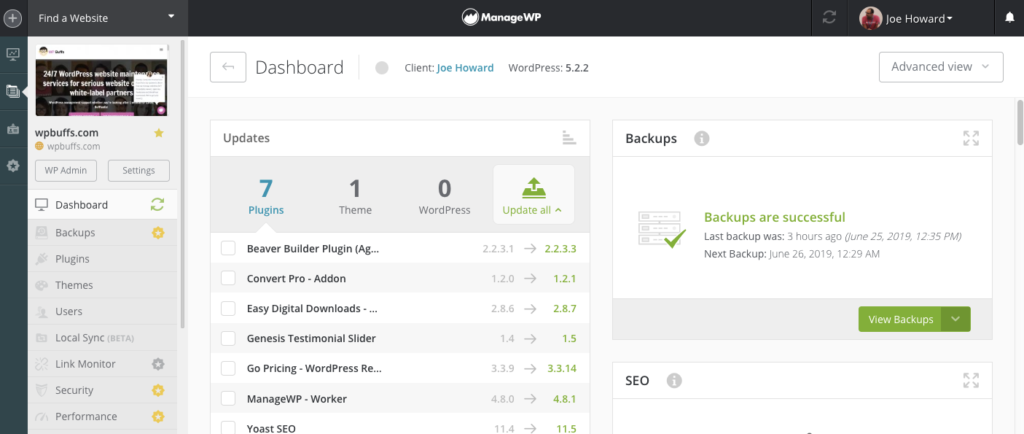
6. Join some MRR-focused communities (so you can continue to learn)
MRR stands for monthly recurring revenue. If you didn’t know that, no worries, but it’s even more reason to keep reading this section!
This may be the most important factor in scaling agency maintenance. Surround yourself with other like-minded, high-performance people so you can push each other to grow your business!
There are a lot of communities out there to help you productize services and sell care plans. Here are some of my favorites!
- Productize is a paid course and community brought to you by Brian Casel. We hang out at MicroConf every year and he’s one of my favorites in this space. You’ll have to join the waitlist to officially sign up when he opens the course 2x/yr but it’s well worth the wait.
- If you’re a Facebook user, check out the group Productized Startups. My friend Robin started it and I’m usually there 1-2x per week chatting it up with others about productized services of all kinds.
- WPMRR is a robust video course that teaches WordPress professionals how to implement, sell and execute ongoing care plans for their clients and increase their revenue every single month. It was put together by yours truly, the founder of WP Buffs! Feel free to use the discount code BEAVERBUILDER for 75% off the course!
- Or if you’re a podcast listener, check out the WPMRR WordPress podcast. Christie from Liquid Web and I focus exclusively on growing successful WordPress businesses and monthly recurring revenue. Or you can just tune into our awesome episode with Robby from Beaver Builder. Boom!
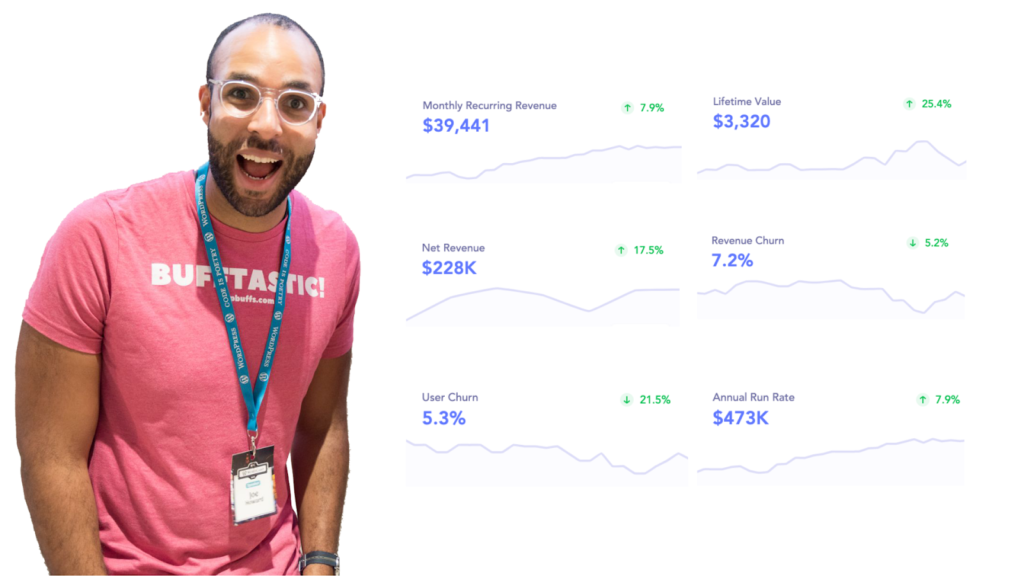
Wrapping up
Woah, you just read about a lot of ways to help you scale maintenance to hundreds or thousands of websites.
Take a deep breath and realize it’s not all supposed to be done in one day, one month or even one year. It took us years to get to where we are today at WP Buffs and we still have a long way to go.
Sit down, turn your phone off, put on some dope tunes, put on a cup of tea and take a couple hours to write out some next steps and get 1% better in this area by tomorrow.
If you do that every day for a year, you’ll be well on your way to increasing your recurring revenue and building a sustainable and healthy maintenance business!
Now go do it. Virtual high five!
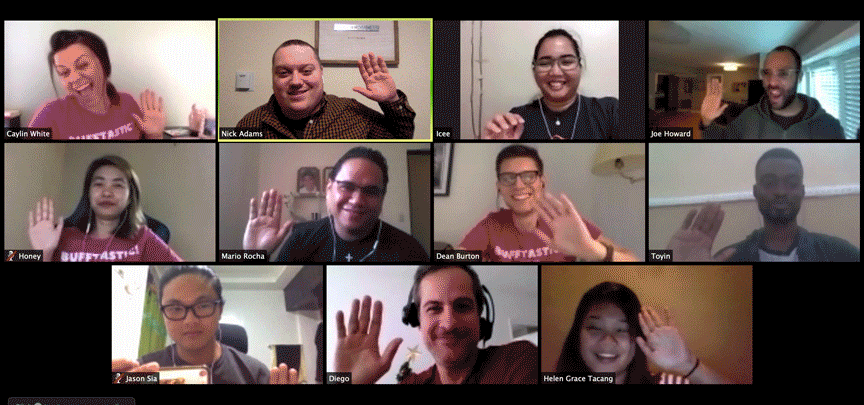
12 Comments
Related articles
Case Study: How One Freelancer Built a Web Design Business with Beaver Builder
Wondering about Beaver Builder for freelancers? Cami MacNamara operates WebCami Site Design, a successful solo web design business in West…
Best Practices for Managing Web Design Clients
Managing web design clients effectively is one of the most crucial skills for a web designer, agency, or freelancer. Whether…
Top 10 Web Design Trends (What Makes a Great Website?)
As a web designer, you want every website you create to be a great one. This is easier said than…
Join the community
We're here for you
There's a thriving community of builders and we'd love for you to join us. Come by and show off a project, network, or ask a question.
Since 2014
Build Your Website in Minutes, Not Months
Join Over 1 Million+ Websites Powered By Beaver Builder.
 Beaver Builder
Beaver Builder 

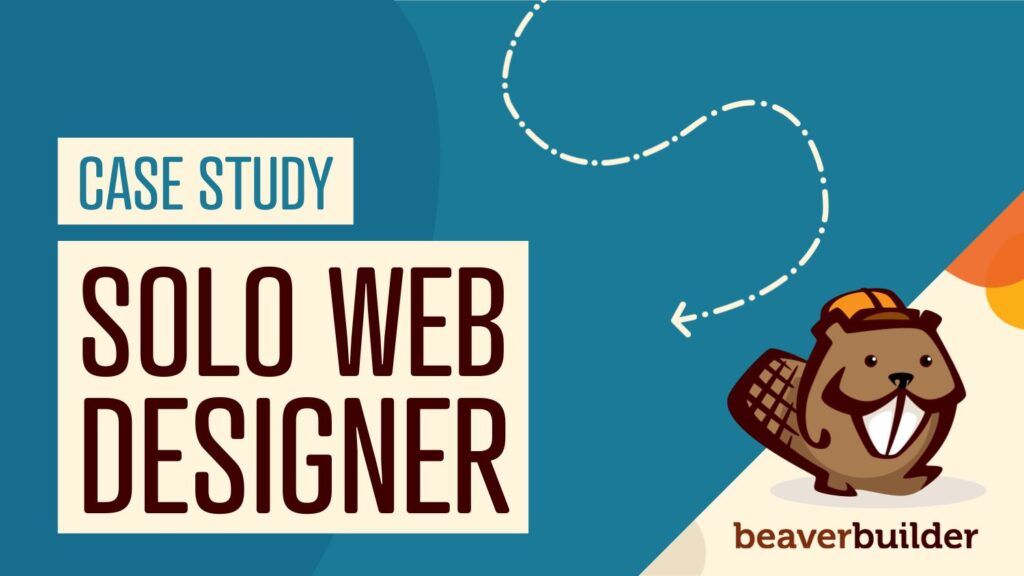
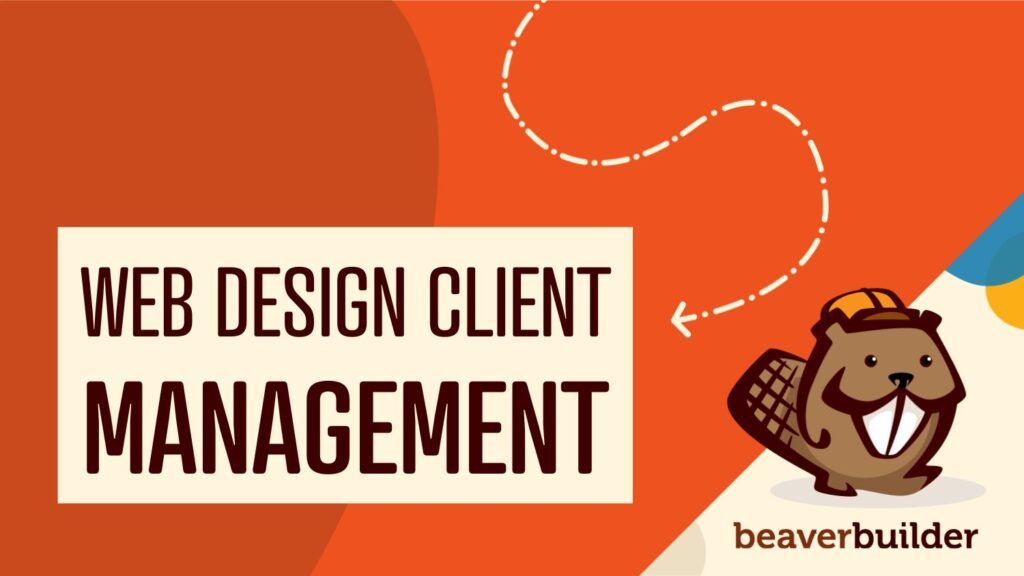
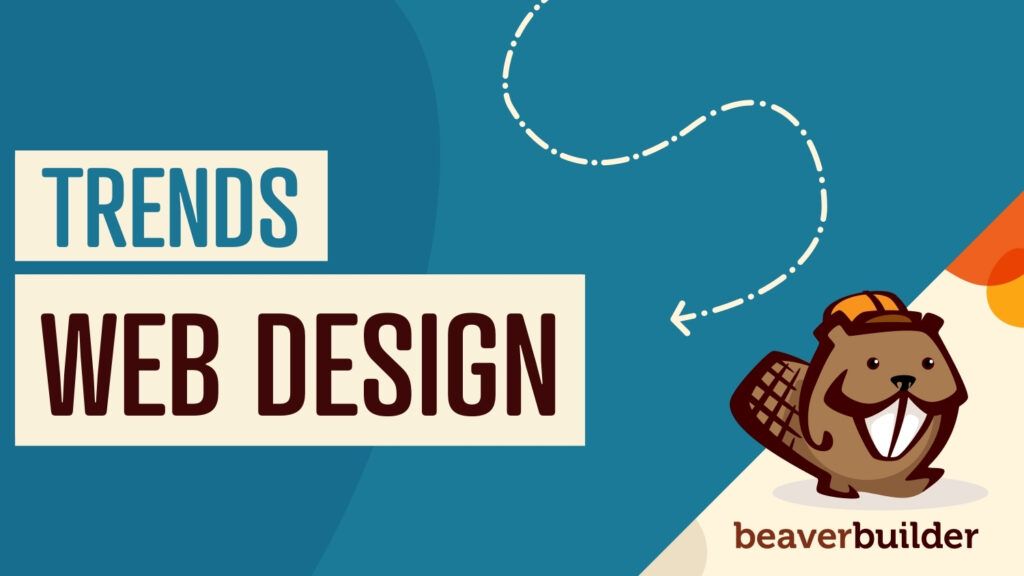
I do this for clients that I build for. I quit offering one off services a few years ago.
But, I’m considering opening a Care Plan up in my niche for sites I haven’t built. Any advice on working with clients/tools/sites I didn’t build? My biggest concern is on boarding those guys, especially the ones with crappy sites and tools I don’t use. Outside of upsetting them on a new site, what’s the best way to make ensure they are good on just a care plan?
Great question, Andrew!
Honestly, this is one of the hardest things about what we do at WP Buffs. 99% of the sites we manage we didn’t build so we’re managing sites that vary widely in how they were built. Not to mention different collections of plugins, different themes, different hosting providers, different PHP versions, etc.
Often it feels like controlling chaos!
We don’t have an onboarding fee but I think it’s smart to have one, especially if you’re dealing with higher-level clients. This will help vet out lower-quality customers and make sure the only people signing up are serious about working with you for the long-run.
We also try to be as clear with everybody signing up (direct customers and white-label partners) about the qualification to be on a certain plan. WooCommerce sites always go on a certain plan, as do websites with custom themes or custom plugins. Make it clear there are different levels of care plans depending on the complexity of the site and that should help. Feel free to check out our pricing page for an example here 🙂
May the force be with you, Andrew!
Awesome read! Powerful stuff here for businesses to scale way up. I definitely will be sharing this info. Thanks, guys!
Woohoo high-five Cay! =)
A lot of great info here! I especially liked the parts on automation and MRR focused communities. I didn’t even know communities existed. Great write-up!
Booyah! Thanks so much, Dan. May the force be with you 🙂
Thanks Joe for sharing this information on recurring revenue. We are already doing it but we definitely need to improve our processes and document it.
You’re very welcome!
Yes, documenting and systemizing a process for this stuff is the only way to scale a productized service effectively. A lot else has to go right, of course, but this will be the foundation that often dictates how much success you can have.
You got this, Frederic!
Thanks Joe!
Hey guys – this is super important. Actually – our services now revolve around an all-inclusive plan where the maintenance, support, updates, customer service is the focus. Recurring subscriptions is a lot better than finding one-off clients. If you do things right, you can build the website as the top of a funnel and then recommend different one-off services or additional subscription offerings to add value to their online presence. We’ve been building out this model for sometime now.
Totally, David! We actually don’t do any website builds at WP Buffs but a lot of people do and tag ongoing support plans on as well.
You can build the care plans into your proposals and get them excited about the long-term relationship you’re trying to build. The best customers want to partner with a company that will provide them digital value for as long as possible.
Boom!
Great and useful read! I’ve been in the webhosting industry for ages and we’ve been offering support for our WP clients that many times has stretched way out of what is common. This has lead me into the process of thinking about starting a similar service as WPBuffs, where we are located. We’ve been using WHMCS as our main tool in the hosting business, both for sales and support. But this doesn not seem to be a well suited tool to develop such a service, except if we also plan to offer hosting and to be honest, I am not sure if we want to go that way with this service. But I am a bit bewildered in the jungle of tools/plugins available. We would need a support platform and I see you are using teamwork. No experience with that, so I’ll have a look 😉 And as far as I can see, you’ve developed your website in WP + Woocommerce and just add the services as digital products? Got plenty of experience with those two tools after running and online store for some years. Could you give some pointers on other tools you utilize other than managewp and blogvault? And do you use both of these? (Isn’t that kinda overkill?) Sorry for all the Q’s, but so many tings I am wondering about after browing and testing so many tools/plugins/etc to day 😮
Thanks,
David
D